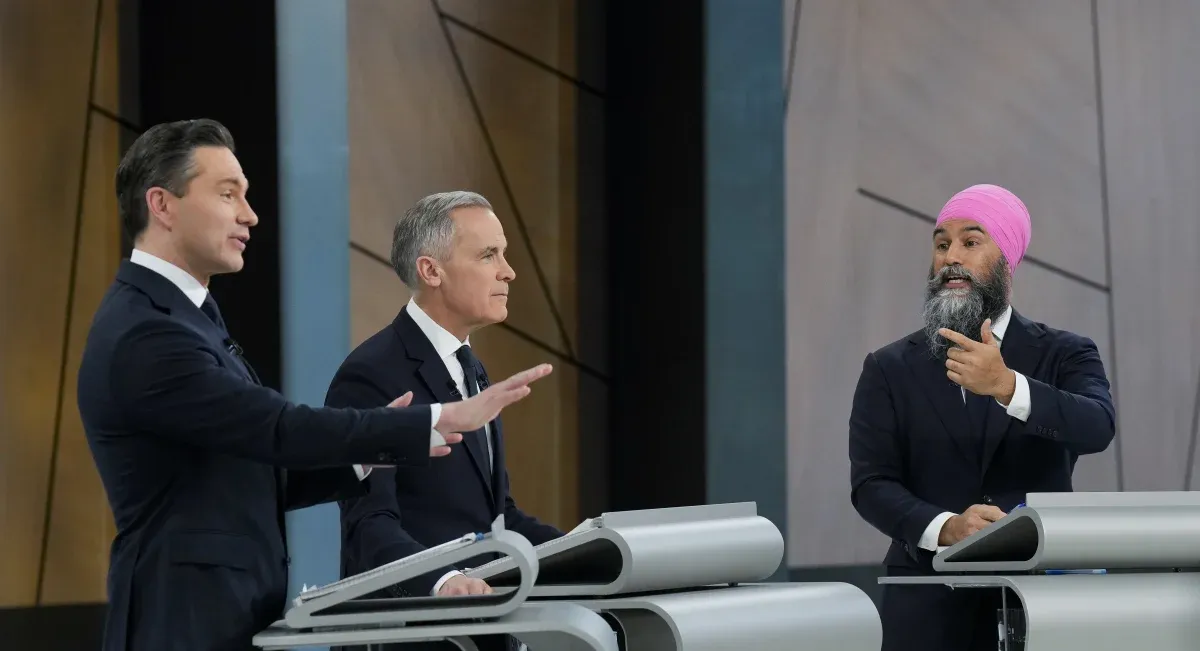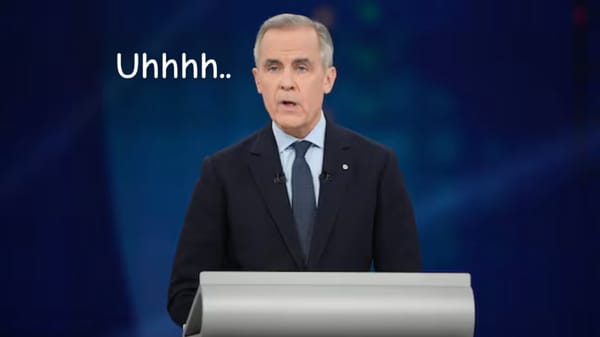Pipelines, Power, and Poilievre: The Conservative Blueprint for Canada’s Energy Future

He’s done waiting for the U.S., for Trudeau, or for Quebec to play ball—Poilievre just put Canada’s energy future back on the table.
Last night’s English-language leaders’ debate wasn’t just political theater—it was an energy manifesto from Pierre Poilievre.
While the others danced around buzzwords and virtue signals, Poilievre delivered something rare: an actual plan. One that touches every corner of the country—from Alberta’s oil fields to Ontario’s nuclear plants, and yes, even Quebec’s hydro grid.
Here’s what he said, and why it matters.
An East-West Pipeline, Finally
“Quebecers that buy Alberta oil, it needs to go through the U.S., giving the power to Donald Trump on our own energy.”
— Pierre Poilievre, 2025 Debate
Translation? Canada is the only developed country on Earth that can’t move its own oil across its own land without begging Washington for permission.
Poilievre’s solution: a national energy corridor—a pre-approved route for pipelines and transmission lines, built once and used forever.
It’s a big move. And one that’s sure to piss off the usual suspects.
Nuclear Isn’t a Dirty Word Anymore
While other leaders treated nuclear energy like Voldemort—something they dare not name—Poilievre leaned in.
His plan:
- Expand small modular reactors (SMRs) in provinces ready to build
- Cut red tape that slows development and costs billions
- Position Canada as a clean-energy exporter of uranium and nuclear technology
For once, a leader didn’t just say “green energy”—he actually named the tech and explained how to fund it without breaking taxpayers.
Hydro as an Export Powerhouse
Unlike Carney’s vague mentions of “interprovincial cooperation,” Poilievre took a direct shot at Canada’s internal trade barriers.
The proposal:
- Open up provincial hydro grids to cross-border transmission
- Let provinces buy and sell energy like they do oil and grain
- Create energy independence from the U.S. and global shocks
This isn’t just energy policy. It’s economic nationalism—and it’s likely to land with a generation of voters tired of watching Canada get steamrolled on the world stage.
No More “Green Corporate Welfare”
Another big line from the night:
“I won’t hand billions to companies that can’t survive without a bailout.”
— Pierre Poilievre
He’s targeting Trudeau’s legacy of subsidizing battery plants, EV factories, and green-tech startups that disappear before the ink dries.
Poilievre’s approach:
- Private capital first
- Faster permitting for clean and conventional energy projects
- No taxpayer handouts to companies with no proven market
It’s a bold departure from the spend-then-scramble style of Liberal industrial policy.

The Faultline Take
For the first time in a long time, someone showed up to a Canadian debate with a cohesive national vision.
Love him or hate him, Poilievre is treating Canada like it’s a country again—not a regional turf war or U.S. energy colony.
And if the other leaders can’t counter him with facts, they’re going to keep falling back on what they always do: moral panic, climate buzzwords, and vague promises.
But here’s the truth:
You can’t build a country on vibes.
You need infrastructure. You need energy.
And you need a leader willing to say the word “pipeline” on live TV.





